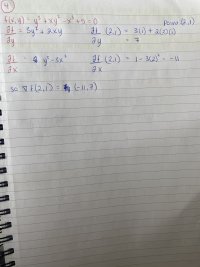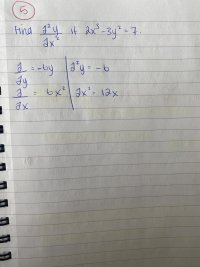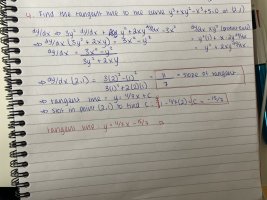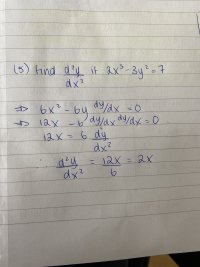Hello… I have been stuck on these 2 questions. I understand I have to find the partial derivatives to solve them but I can’t figure out what the next step is past finding the partial derivatives. Can anyone help please? I’ve posted the questions and my workings so far … any help would be appreciated ?







